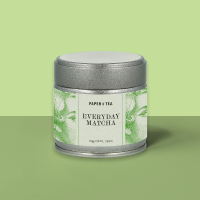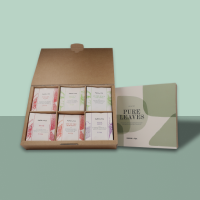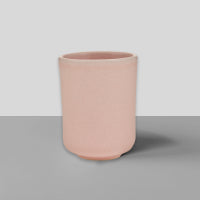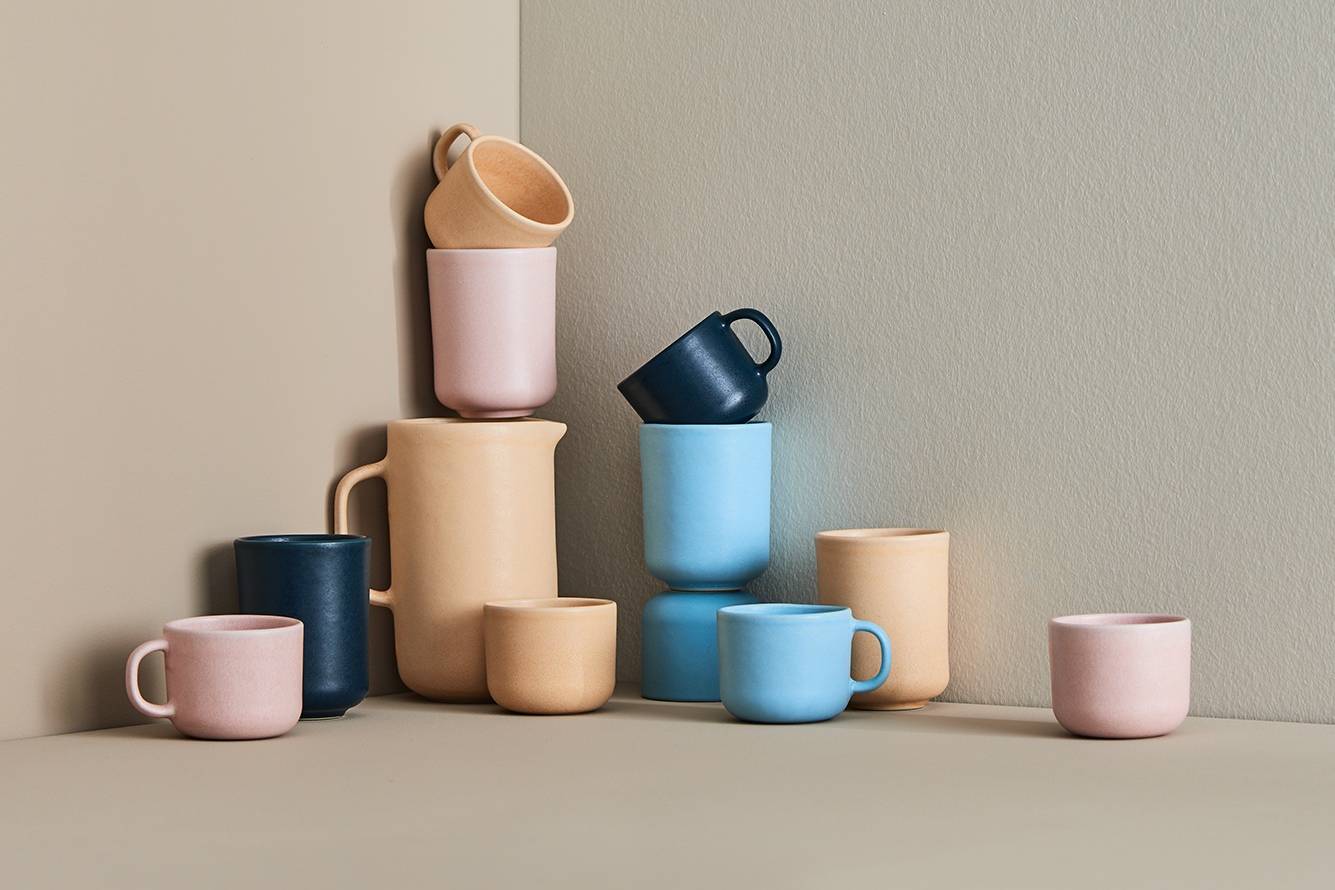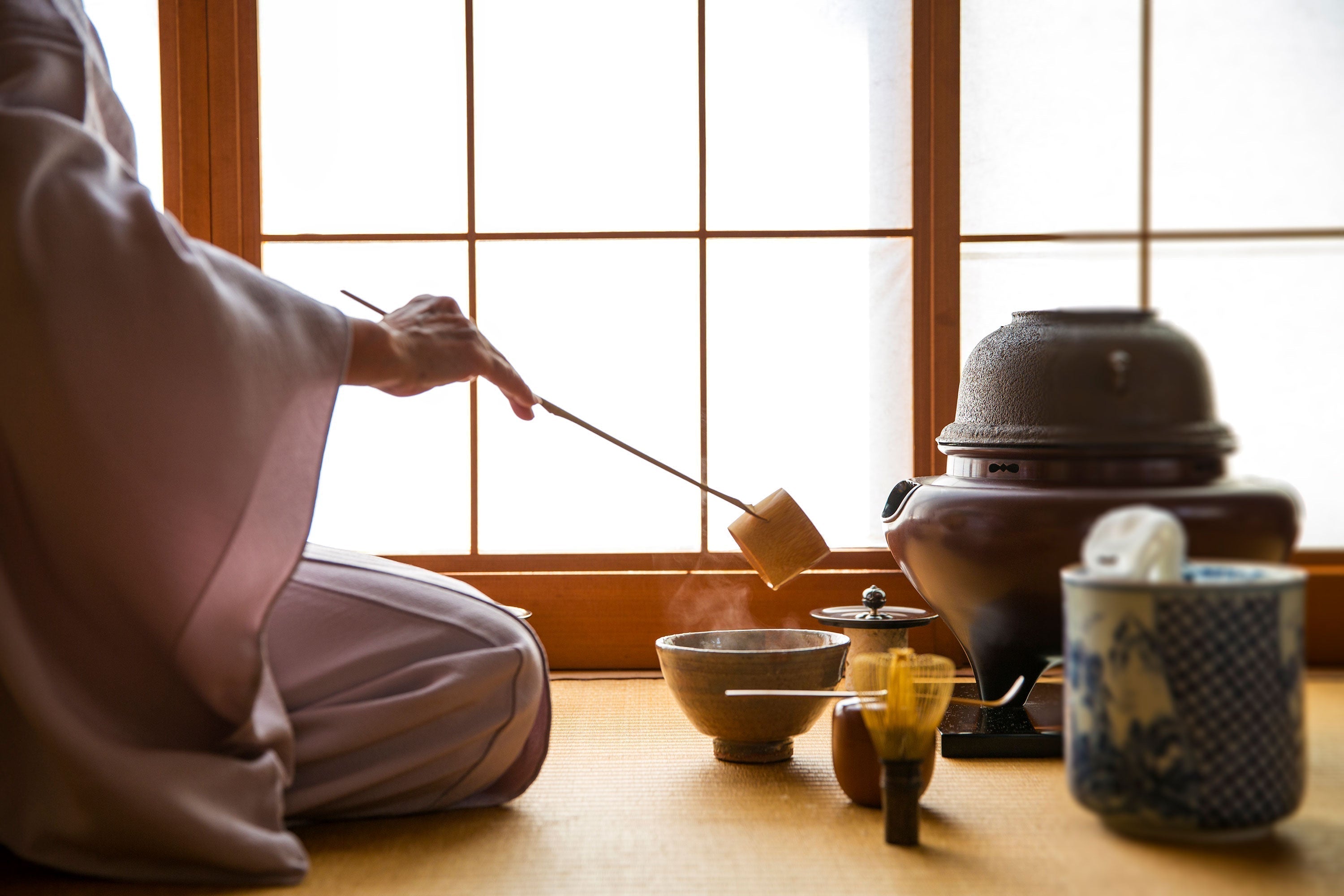Tea ceremonies are captivating traditions that turn every sip into a special experience—whether it's the leisurely afternoon tea in Britain or the cozy Teetied in East Frisia. But to truly understand the roots of this globally cherished beverage, we need to go back to where it all began: China's tea culture. Dive into the history of the world's oldest tea tradition to discover its timeless rituals and secrets.
The Beginnings of Tea in China
The intriguing history of tea, which stretches back thousands of years, originated in southern China. Initially, tea was used as a medicinal remedy long before it gained popularity as a beverage during the Tang Dynasty. Tea's history is deeply intertwined with Buddhism, as monks used tea to stay awake during meditation—a practice that continues today. As Buddhist monasteries spread, tea found its way into major cities and eventually to the north, where it conquered the rest of Chinese society and steadily grew in popularity.
The Rise to Trendy Beverage: A Journey Through Dynasties
China boasts the world's oldest tea culture, a history deeply embedded in the cultural traditions and rituals of various dynasties. The modern beginnings of tea culture, as we know it today, trace back to the Tang Dynasty (618-907 AD). In this flourishing era, tea cemented its place in the culture and economy of the land, transforming from a mere drink into an important social and cultural symbol. The renowned Tea Horse Road played a central role in this development. This significant trade route greatly advanced the tea trade and promoted the exchange of goods and cultural ideas between China and neighboring countries. Fascinatingly, in Dali, Yunnan Province, horses are still traded for tea in the horse market today! Tea not only became a fashionable drink but also a symbolic cultural asset that soon began its triumphant journey around the world.

Tea Master Lu Yu and His Classic Book of Tea: A Stunning Legacy
Lu Yu, a distinguished tea master and writer of the Tang Dynasty, is revered in China to this day as the God of Tea. His significant work "Cha Jing," the Classic Book of Tea, first published in the year 780, provides deep insight into the cultural significance of tea. It encompasses everything there is to know about cultivating, preparing, and appreciating this noble drink.
Lu Yu spent his early years in a Buddhist monastery, where he learned the art of tea-making by preparing tea for his teachers. His passion frequently led him into the surrounding mountains, where he would pick wild tea and find a deeper connection with tea in the solitude of nature. Alongside the tea plants, the water sources were also of great importance to him, as pure water was crucial for the quality of tea.
Upon leaving the monastery, Lu Yu shared his extensive knowledge in "Cha Jing." The work quickly gained popularity, particularly among the Chinese elite, who appreciated the detailed descriptions and instructions. The book listed 24 utensils needed for tea preparation—from simple items still used today, like a tea strainer and tea bowl, to now unnecessary tools like a fire fork and ash shovel.
During that time, it was common to hire tea masters like Lu Yu for tea preparation, particularly because tea often came in the form of tea cakes, whose preparation required expertise. This service was costly but granted the ritual of tea preparation an air of exclusivity. With the advent of loose tea, the role of the tea master gradually lost significance as preparation became simpler and reached broader social classes.

The Magic of Chinese Tea Ceremonies
The tea ceremony is at the heart of Chinese tea culture. It is more than just preparing a hot beverage: it combines meditative practice, appreciation for the ritual, and practiced mindfulness and presence in the moment.
Gongfu Cha, which translates to "brewing with skill and effort," is a traditional Chinese method of tea making that places great importance on precision and mindfulness. Unlike Western methods, which often use more water and less tea, Gongfu Cha emphasizes a higher ratio of tea leaves to water.
Gongfu Cha: How a Traditional Tea Ceremony Unfolds
The Gongfu Cha ceremony can be simple or elaborate, depending on preference and tradition, and requires some basic utensils. The Gaiwan, a "lidded bowl," is the central vessel for brewing the tea; alternatively, a small clay teapot with a capacity of 100 to 200 ml can be used. Small tea cups are ideal for individual enjoyment for each tea. For multiple people, the tea is poured into a small jug, the so-called "fairness cup" or Gong Dao Bei, to evenly distribute the tea into the cups, ensuring a uniform taste experience.
- Preparation: Pour hot water into the Gaiwan and cups to warm them. This helps keep the tea warmer for longer.
- Preparing the Tea: Place the tea leaves in the empty, pre-warmed vessel. The warmth intensifies the scent of the leaves, making it especially noticeable.
- Brewing: Pour water over the tea leaves. For the first infusion, 15-30 seconds of steeping time is usually sufficient. For each further infusion, the steeping time is extended by about 5 seconds. The exact steeping times depend, of course, on the type of tea and personal taste.
- Serving: Pour the finished tea as an intermediate step into the small jug and then into the small cups, so each cup is evenly flavored.
- Additional Infusions: Re-pour water over the tea leaves and repeat the process until the flavors are diluted.

Tea in Meditation Practice
In China, tea holds a central place in meditation within Zen and Daoist practices. Even in Daoism, the oldest philosophical-religious movement in the land, tea symbolizes harmony and balance between man and the universe. The teachings of Laozi emphasize calmness and mindfulness—values reflected in the mindful preparation and enjoyment of tea during meditation. A simple cup of tea represents Laozi's ideas of a serene and balanced life.
With the spread of Buddhism, especially Zen Buddhism, tea gained even more significance in China. The tea ceremony was developed as a way to refresh the mind and body and to enhance a state of meditative mindfulness. Just as wine holds spiritual significance in European monasteries, tea cultivation in Asian Buddhist monasteries offered a connection to spirituality.
Tea embodies the Buddhist teaching of the Middle Way by avoiding the extremes of abundance and asceticism and instead promotes balance and harmony. Thus, the tea ceremony becomes a spiritual practice, strengthening the bond between humans and nature, and cultivating mindfulness in everyday life.

The Magic of Tea: Chinese Legends
In many cultures, tea is the foundation of numerous legends, myths, and philosophies. Particularly within Chinese tea culture, it is interwoven with tales that emphasize the mystical side of tea.
Shen Nung
This Chinese legend describes how the story of tea began nearly 5000 years ago. According to the tale, Emperor Shen Nung discovered tea by pure chance! One day he was sitting in his garden enjoying a cup of hot water when a sudden gust of wind blew some leaves from a nearby tree into his water. The leaves turned the water a golden color and gave it an enticing aroma. You can probably guess—the leaves came from the tea plant. Shen Nung was fascinated by the transformation, tried the drink, and was delighted by its taste. Thus, the emperor became the first tea lover, long before the drink became established.
Long Jing
The legend of Longjing is one of the most famous stories about Chinese tea. It involves the variety Longjing, often hailed as the king of green teas. The origin of Longjing tea lies in the namesake village, known as the "Dragon Well Village." Local folklore tells of a mythical dragon that watched over the mountains near Hangzhou. This dragon ensured the ideal conditions needed for the tea plants. According to legend, the dragon would fly up to bring rain, which it collected in a special well. The tea grown near this well was considered particularly precious and flavorful. The "Dragon Well" itself became a symbol of the high quality of Longjing tea, which continues to captivate tea lovers around the world.
Tieguanyin
There are various legends about Tieguanyin, a popular Chinese oolong tea. One of the most famous tells of a poor farmer named Wei from Fujian Province, who, despite his poverty, maintained a neglected temple of the goddess Guanyin, the goddess of compassion.
One night, Guanyin appeared to him in a dream and led him to a cave where he would find a tea sprout as a treasure. She instructed him to share it with others. Wei found the sprout, brought it back, and carefully planted it in his garden. It grew into a magnificent tea bush with particularly aromatic leaves. Wei named the tea Tieguanyin, which means "Iron Goddess of Mercy," in honor of the goddess who led him to this treasure. The tea became famous for its rich, floral flavor and symbolizes the rewards of faith and generosity.

The Diversity of Tea Varieties in China
The diversity of tea varieties in China is impressive and unique, as it is the only place where all six classical tea types—green tea, black tea (also known as red tea), oolong tea, white tea, yellow tea, and Pu-erh tea—are produced and enjoyed.
These varieties, derived from the Camellia sinensis plant, primarily differ based on their processing. While green and yellow teas maintain their fresh flavors through minimal oxidation, black tea is fully oxidized, giving it its robust aroma. Oolong teas balance between these two extremes on the oxidation spectrum and offer a remarkable range of flavor nuances.
In China, the world's largest tea producer, climatic conditions, such as optimal soil quality and elevation, are crucial for unique flavors. This, combined with traditional craftsmanship and a spirit of innovation, ensures that China maintains its role as a leading nation in tea. Pu-erh tea distinguishes itself from the others through its fermentation process, which gives the tea the ability to age and develop more complex flavors over time. Thus, the variety of teas makes China a true tea land that welcomes both traditional and new interpretations.

Experiencing Community: Celebrations and Other Occasions for Tea Drinking
Tea connects people—certainly something you appreciate about this unique beverage. There is hardly anything more delightful than gathering with loved ones over tea, conversing, and enjoying the moment together. The history of tea as a social binder goes way back— In many cultures, tea stands as a symbol of hospitality and unity. In China, for instance, there are numerous occasions dedicated to enjoying tea. One such event is Yum Cha, a traditional Cantonese breakfast or brunch where tea is served alongside delicious dim sum. These tasty dumplings are not only scrumptious but also deeply embedded in Chinese cuisine, making the shared tea experience an unforgettable delight.
Tea in Modern China: Between Trend and Tradition
In China, you will find fascinating stories, complex philosophies, and a deep passion that makes tea unique in this culture. Initially valued as a medicine, tea evolved into a pleasure, a spiritual companion, and a social connector. It promotes community and togetherness, as reflected in rituals like the Gongfu Cha tea ceremony.
Tea remains a symbol of tradition in China. Although firmly rooted in cultural heritage, it constantly connects with the present, keeping it alive in the heart of Chinese tradition. Tea is more than just a drink—it is a symbol of the bridge between past and future. Allow yourself to be inspired and try a cup of Chinese tea.

